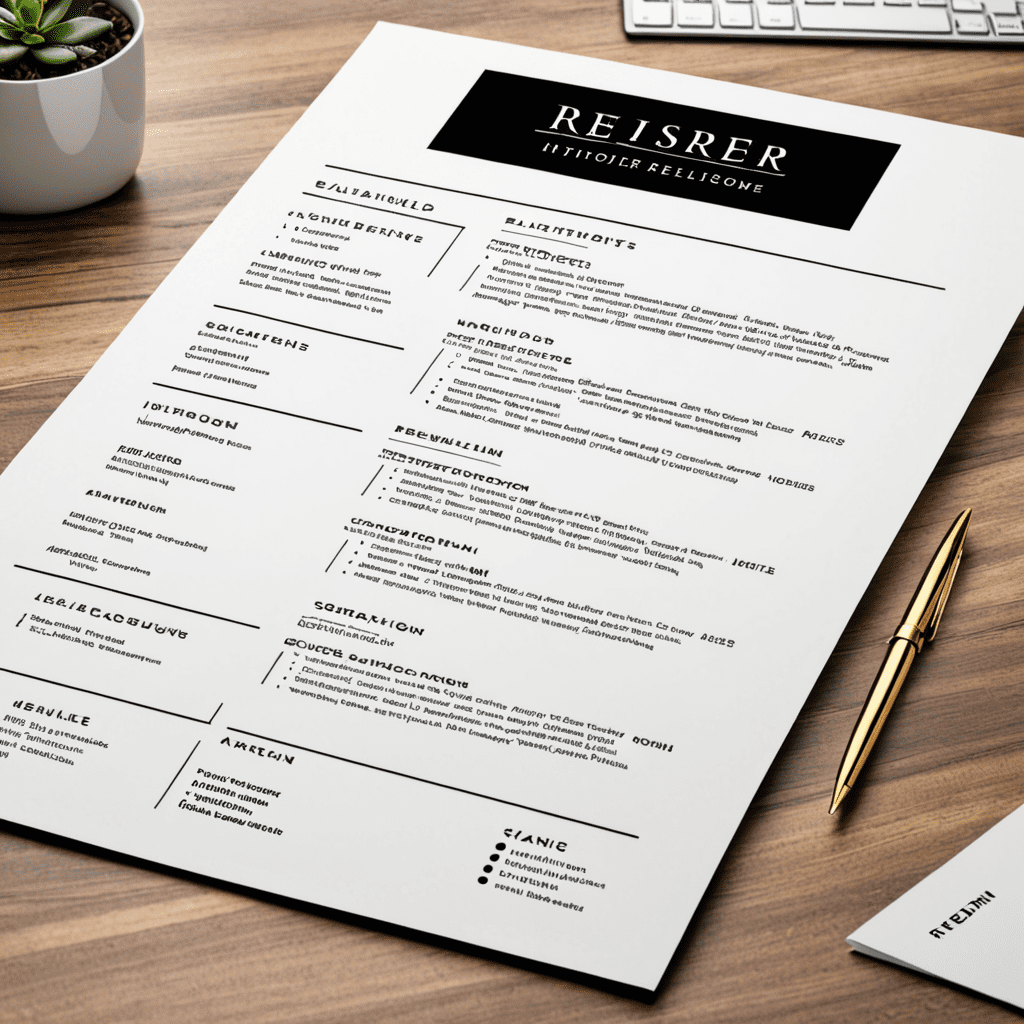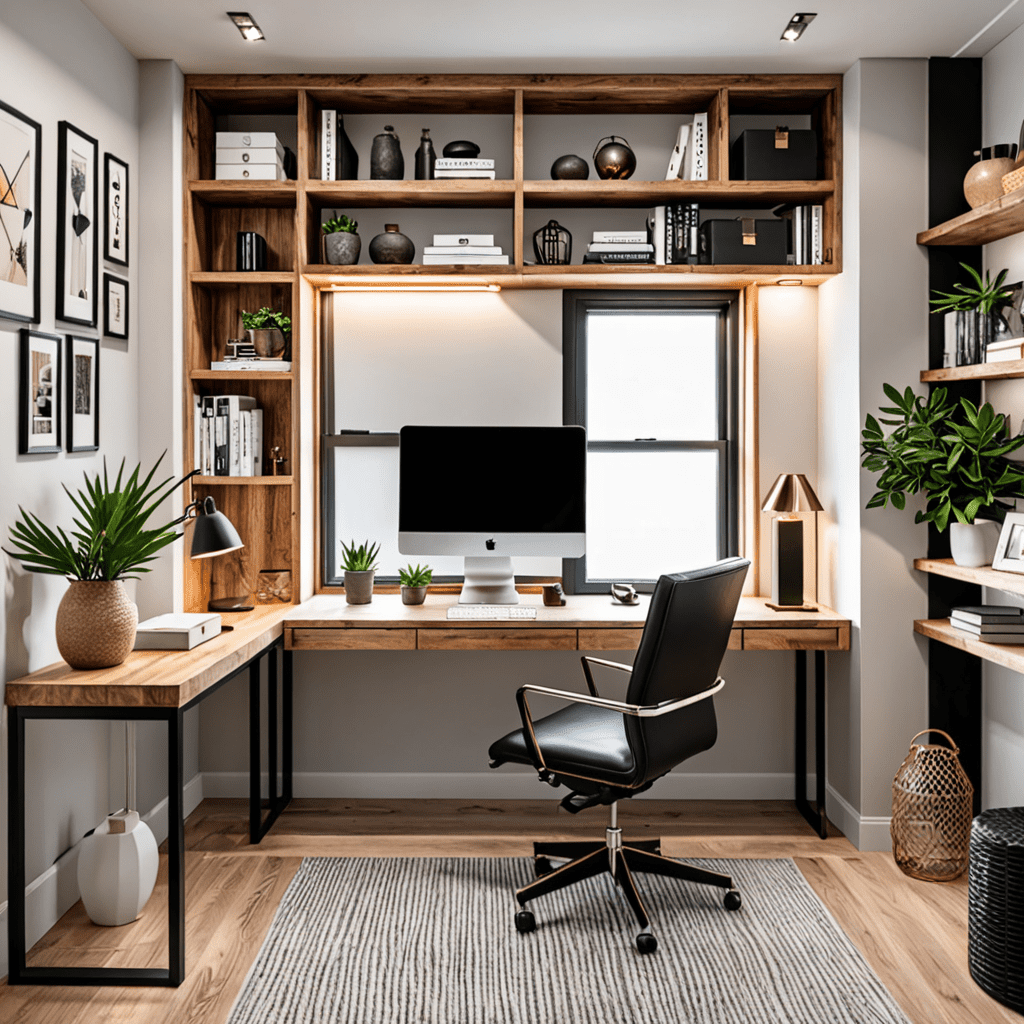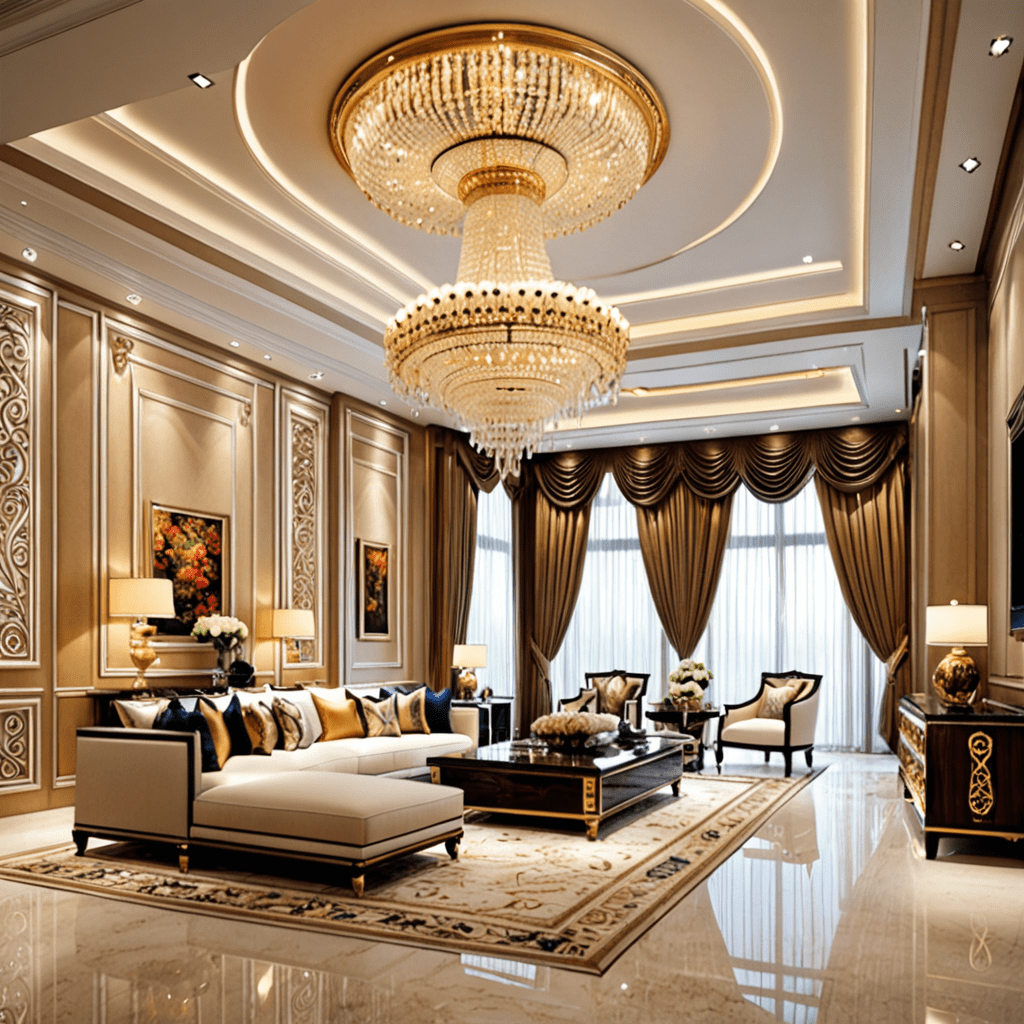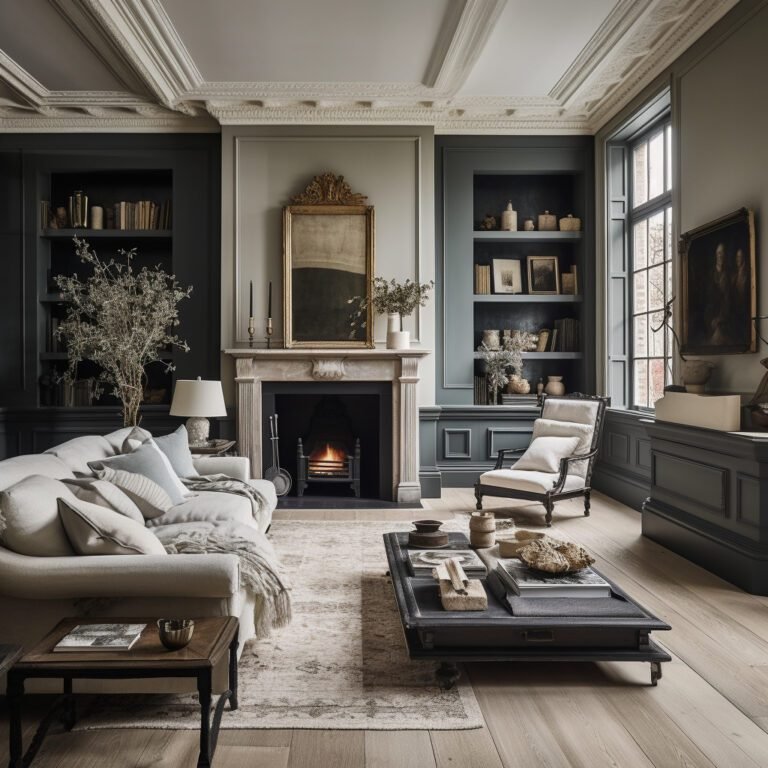How to Select the Perfect Furniture for Your Home
Introduction
When it comes to creating a comfortable and aesthetically pleasing living space, interior design plays a crucial role. It is the art and science of enhancing the interior of a space to achieve a harmonious and functional environment. A well-designed interior can transform a house into a home, reflecting the personalities and lifestyles of its occupants. In this article, we will explore the key elements of interior design, offer tips for choosing furniture, and discuss how art and decor can enhance the ambiance of a room.
Key Elements
- Color Palettes: The choice of colors sets the tone for a room. Consider the mood you want to create and select a color palette that aligns with it. Warm colors like reds and yellows can create a cozy and energizing atmosphere, while cool colors like blues and greens evoke calmness and serenity. Experiment with different shades and combinations to find the perfect balance.
- Furniture Arrangement: The way furniture is arranged can greatly impact the flow and functionality of a space. Consider the size and shape of the room, and arrange furniture in a way that allows for easy movement and conversation. Avoid blocking windows or doorways and create designated areas for specific activities.
Lighting: Lighting is a crucial element in interior design, as it affects both the ambiance and functionality of a room. Natural light should be maximized whenever possible, as it creates a sense of openness and warmth. Supplement with artificial lighting, including ambient, task, and accent lighting, to create layers and highlight specific areas or objects.
Accessories: Accessories add the finishing touches to a room and tie the design elements together. Consider incorporating items like artwork, rugs, pillows, and plants to add texture, color, and personality. However, be mindful not to overcrowd the space; select a few key pieces that complement the overall design and create visual interest.
Tips for Choosing Furniture
Size: Before purchasing furniture, consider the size of the space and the scale of the other elements in the room. Large furniture in a small room can feel overwhelming, while small furniture in a large room may seem insignificant. Take accurate measurements and choose furniture that fits the proportions of the room.
Style: Select furniture that complements the overall style of your home. Whether you prefer a modern, contemporary, traditional, or eclectic look, choose pieces that align with that aesthetic. Mixing styles can create an interesting and dynamic space, but be sure to maintain a cohesive theme throughout.
Functionality: Think about how you will use the furniture and choose pieces that serve your needs. Consider factors such as storage, comfort, and durability. If you have a small space, look for furniture with built-in storage solutions. If you have young children or pets, opt for durable and easy-to-clean fabrics.
Comfort: Comfort should be a top priority when selecting furniture, especially for pieces like sofas and chairs. Sit on furniture and test out the comfort level before making a purchase. Look for supportive cushions, ergonomic designs, and high-quality materials.
Budget: Determine your budget before shopping for furniture to avoid overspending. Remember that quality pieces can be an investment and may last longer, so prioritize where you want to splurge and where you can save. Consider shopping during sales or exploring second-hand options to find affordable yet stylish pieces.
Incorporating Art and Decor
Selecting Artwork: When selecting artwork, consider the style, theme, and color palette of the room. Choose pieces that resonate with you personally and create a visual impact. Consider the size of the artwork in relation to the wall space, and don’t be afraid to mix different types of art, such as paintings, photographs, and sculptures.
Displaying Artwork: Pay attention to the placement and hanging of artwork. Art should be at eye level, typically centered on the wall or above furniture. Experiment with different arrangements, such as creating a gallery wall or incorporating floating shelves for a dynamic display. Use appropriate hardware to ensure artwork is securely mounted.
Decorative Items: Decorative items can add personality and visual interest to a space. Choose items that reflect your taste and interests, such as vases, candles, or unique accessories. Be mindful of balance and avoid cluttering surfaces. Group similar items together or create vignettes to create a cohesive and curated look.
In conclusion, interior design is a multifaceted discipline that requires careful consideration of key elements such as color palettes, furniture arrangement, lighting, and accessories. By following the tips for choosing furniture and incorporating art and decor, you can create a space that is not only visually appealing but also functional and reflective of your personal style. Happy designing!





